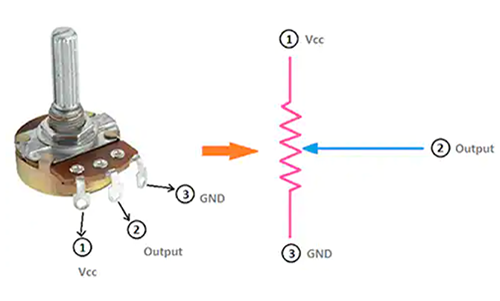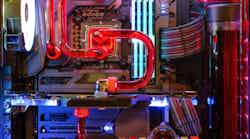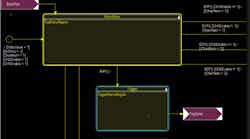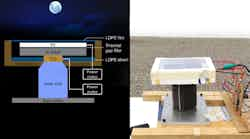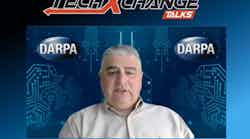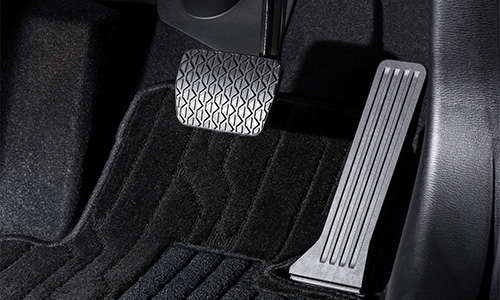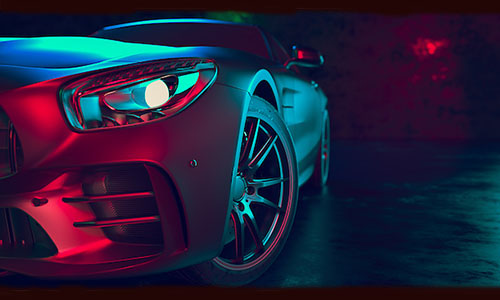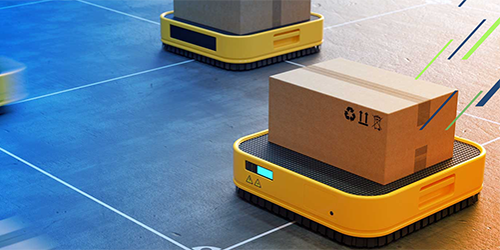这是电子设计的一部分TechXchangeTalks系列和TechXchange:Formula E Racing.
It takes a lot of people to make a successful Formula E team. At Mahindra Racing, they have quite a few engineers to make this happen. I was able to talk with Carlos Rayo, Mahindra's Tire Engineer, to get more insight into what he does for the team and how he got there.
Links
- Mahindra赛车on Electronic Design
- Mahindra赛车website
- FIA Formula E
成绩单
黄:如果您知道任何赛车,您知道它上面有轮胎。卡洛斯,您是轮胎工程师。您如何确保所有这些事情正常工作?
雷奥:当然。
因此,很明显,作为轮胎工程师,我在Mahindra Racing上照顾我们的赛车轮胎。
So it's actually quite a fascinating topic. Tires in race cars or, well, in the car, really, because tires is quite a living thing within the car. It's quite a complicated thing to understand and obviously to get it right when you talk about simulation, for example, and that's a little bit what I do.
因此,显然,因为尝试正确的车辆是如此复杂的元素,这也是一个重要的元素。对如何表现也有很多敏感性。
例如,显然,轨道布局将在温度和压力以及不同的事物上发挥非常重要的作用。例如,在不同轨道中的不同表面,我们在这些轮胎生成握把的方式上具有完全不同的效果,即归根结底,我们试图优化的东西。
所以,是的,基本上,我试图确保我们的仿真工具和仿真环境从真实的车辆中捕获这些行为,并尽可能靠近真正的轮胎,以便一旦我们保持跟踪,我们就尽可能地接近我们以为我们认为的地方并且希望我们的事前模拟有助于我们从该车辆中汲取一些潜力。
黄:出色的。那么您在比赛中的角色是什么?
雷奥:So during the race, generally when we arrive to a race track here, we will have already done a lot of homework beforehand. So that means we will have prepared, at least run, all the simulations that we think will give us the best performance in terms of how we use the tires in this particular track on this particular set of conditions. Because obviously different temperatures and different countries in the world in different weather conditions will affect tires very differently.
So cutting down this homework will allow us to obviously capture what we think is going to happen. So when we are on track, we start doing some free practice sessions, which will allow us to decide if what we did back home was actually quite close or we've missed something.
So in case we missed something, we would try to correct for that. We would try to understand why we under-estimated or over-estimated some effects, and we would try to correct for that so that by the time we arrived to the important session, which is qualifying and race, we are obviously as close as possible.
Obviously, some things that we might do is to try to understand the race. For example, the surface roughness of that particular track, that's something that we look into. We measure the tarmac properties of each track that we go to because sometimes you might believe that you know where you're racing because you've been there in the previous season, but, actually, even tracks change very much, from season to season.
而且,如果赛道已经重新浮出水面或几件事发生了变化,甚至温度比去年的位置高五到十度,那么您可能会看到自己在做什么。但这可能不像您想象的那样近。
So yeah, on track, we make sure that all the homework that we send back home is accurate enough, and if it's not, we try to correct for that.
黄:那么您如何为比赛做准备呢?
雷奥:您知道,确切地说,我们将带来什么轮胎并穿上。
因此,显然有很多准备工作,正如我说的那样,我们在击中赛道之前所做的作业与其他常规赛车有点不同。例如,一级方程式,因为我们没有使用不同的轮胎或可以使用的不同组件。
这意味着我们需要确保我们了解我们拥有的这些轮胎,因为整个周末都会有很多轮胎管理。
We are going to be reusing tires that we have already run on, for example, in practice, and then we might decide to run on those once again on qualifying or race on.
Obviously, as I said at the start of the of the interview, tires are a living thing.
When you've got a tire in the morning, you would use this tire for the first session of the day, and that's never going to be the same as it was this morning. It's going to be constantly changing. It's going to be its properties on its sensitivity in the way it works. It generates grip. It is always going to be constantly changing.
So, yeah, essentially making sure we understand what we want to do with this tire so that at the end of the day, everything that goes on the top of it, any set up optimizations or raising performance engineers might decide to do or anything that's to do with control systems or anything that goes beyond on the chassis level is all going to be going through tires.
So we need to make sure that we understand how they work so that we can optimize anything else. Obviously at the end of the race is very important, and this is the kind of simulations that we run. It will give us the base work once we hit the track to decide how good we've optimized everything based on simulation and how much we need to deviate, or optimized for using actual data from the car once we are there.
黄:好的。那么您是如何成为轮胎工程师的呢?
雷奥:因此,轮胎工程师并不是您小时候认为的角色。我想不是你说的话:“好吧,我将成为轮胎工程师。”
But I've always been very, very passionate about cars and about motor racing. I knew what I wanted to do back then. So I studied mechanical engineering back in Spain, I'm originally from Spain, and eventually moved to the UK with my master's in motorsport engineering.
To be honest, I didn't have any particular interest from tires up to that point, but once you get involved in Formula Student racing, which is basically a student level of competition where you design the cars, and you do your own sort of racing competing with other universities.
因此,我实际上接受了轮胎主题,并开始对此非常感兴趣。
It is, I think, a very fascinating topic for the reasons I explained before is something that many people don't really think about. It's just these black round things that you get on the car and really, at the end of the day, they just do nothing, but, in reality, they are one of the most complicated elements.
这是已经ry hard to get to understand them, but once you try to understand and you realize that there's a few trends and few things that you can get out of it and how important these are, because everything ends up going through tires at the end of the day, racing or even on road cars.
So you realize that it is actually quite an important job and an important thing to understand.
是的,从那以后我就从那里的Formula学生感兴趣。
我已经被working in the automotive industry as a tire engineer. So I have not deviated from that and eventually landed on this job at Mahindra Racing a few months ago.
黄:出色的。那么,您在赛车或工程学中还有哪些其他角色?
雷奥:因此,正如我所说,我认为我在汽车行业工作大约五年,这也与轮胎有关,所以我已经成为轮胎工程师已经有一段时间了。
是的,这是非常不同的行业,因为在汽车世界中,您尝试优化一些显然与赛车无关的事物。但是归根结底,它仍然一样。
您尝试了解轮胎。您需要获取一些数据,然后以后使用它来创建虚拟模型,并使它们像真实的模型一样反应和行为。因此,归根结底,情况并没有什么不同。
It's been a bit of a change as well.
In racing, there is not so much that you can test because there are some regulations that limit the amount of testing and the number of hours that you can test and what can you do. So, obviously, you need to be a lot more creative and this has been part of the interesting challenge so far.
黄:So how did you get started in Formula E and why this particular series?
雷奥:好吧,我想这实际上对于一直在寻找Formula E的任何人来说,这实际上是一条常规的道路,也许是作为汽车或种族赛车工程师。最初,我研究了机械工程学,因为这是我感兴趣的,我认为这将使我有机会成为赛车领域的工程师。
Once I started my master's degree, which I think in the UK they had their own team, which is actually quite their reputable team, it was quite a good opportunity for me to get started in the actual world of racing rather than just the pure economical way of applying physics and math to it. So it was very interesting.
On the Mahindra side, they tried to move myself as much as they could and find people who run other racing teams and try to get my hands dirty by going out and understanding how real things work.
And that's definitely something that'll help you later on once you get into a more professional setup. This is the case, for example, where many things are actually transferable and then you realize that there were things that you learn that are actually transferable. That's definitely very useful.
黄:出色的。Well, thank you, Carlos, for filling us in on what a tire engineer does, and we'll look forward to seeing you in the pits in the next race.
雷奥:Thank you very much.





